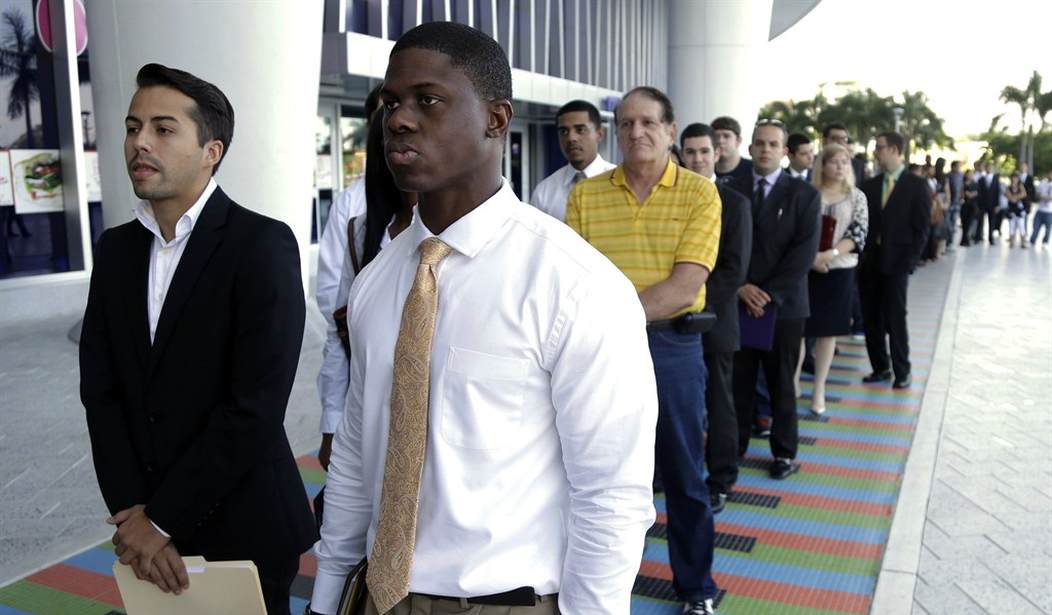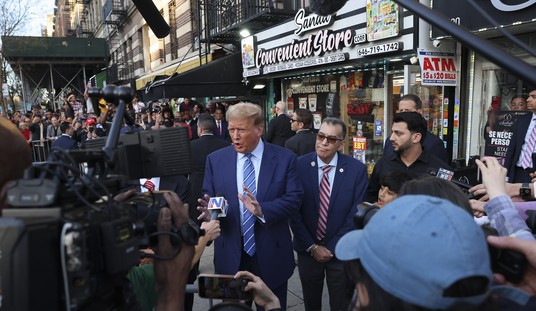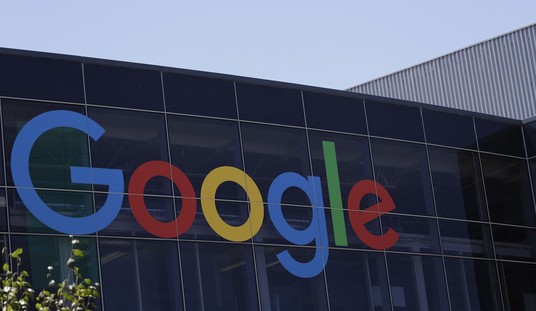Last Friday, the April jobs report noted that over 200,000 jobs were created, but unemployment remained virtually the same at 5.4 percent; March’s rate was 5.5 percent. Yet, wage growth remains weak (NYT):
Employers added 223,000 positions last month, the Labor Department reported, and the unemployment rate decreased to 5.4 percent, a turnaround from the disappointing performance in March, initially reported as a modest 126,000 gain and then revised down on Friday to 85,000.“We expected a rebound following the numbers in March and we got it, but not much more,” said Guy Berger, United States economist at RBS. “Wage growth is still the missing piece.”
Even though payrolls have risen at a healthy pace recently — averaging gains of 243,000 positions per month since the beginning of 2014 — the prospect of a real raise for most workers has taken on a “Waiting for Godot”-like quality.
As the unemployment rate has dropped, many economists have kept predicting that substantive pay increases would come soon. But as long as wage gains remain just around the corner, their absence is expected to fuel increased public frustration and become a central issue in the presidential campaign.

Speaker of the House John Boehner said at the time:
While the economy continues to show some signs of improvement, too many middle-class families are struggling just to get by. Too many Americans remain out of work, and too many are working harder only to lose ground to stagnant wages and rising costs. We can do better. That’s why Republicans remain focused on solutions that will help create jobs and make a real difference for working families. We’ve passed a balanced budget that paves the way for stronger economic growth, and allows Americans to keep more of what they earn. Instead of taxing 529 college savings plans, as the president proposed, we’ve passed a bill to protect and expand this critical tool to help families save for college and avoid crushing student loan debt. And we’re keeping up the fight for more trade, which means more jobs and higher wages for millions of Americans. We’re off to a good start in the new Congress, but we’re far from finished. We’ll continue pressing for solutions that address Americans’ top priorities, and I encourage the president to work with us to get more of these common sense measures signed into law.”
Recommended
Douglas Holtz-Eakin of American Action Forum said that the April report was somewhat refreshing from the March report, which was quite unsettling. He noted that unemployment and labor participation are heading in the right direction, albeit at a snail’s pace. Employment rates for teens and Hispanics also took a downward projection, though they were minor declines. Nevertheless, Holtz-Eakin said this was "more of the same:"
The report showed strong growth in construction and leisure and hospitality industries, suggesting that last month’s debacle was at least in part weather-driven.Unfortunately, the Achilles heel of the labor market remains: weak growth in wages. Average hourly earnings rose only 0.1 percent and weekly earnings are growing at a 1.4 percent annual rate. Weekly hours remained flat, producing little in growth of labor income.
Unemployment rates moved in opposite directions for the most vulnerable: teens (down 0.4 percent) and Hispanics (up 0.1 percent).
Data junkies here’s your fix: the April U-6 (the broadest measure of unemployment) fell from 10.9 percent to 10.8 percent, driven by a decline in the long-term unemployed.
The bottom line: The April jobs report was a rebound from the horror show in March. However, it is a continuation of a pattern in the labor market of producing jobs, but not income.

























Join the conversation as a VIP Member